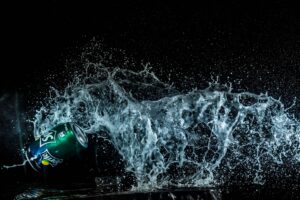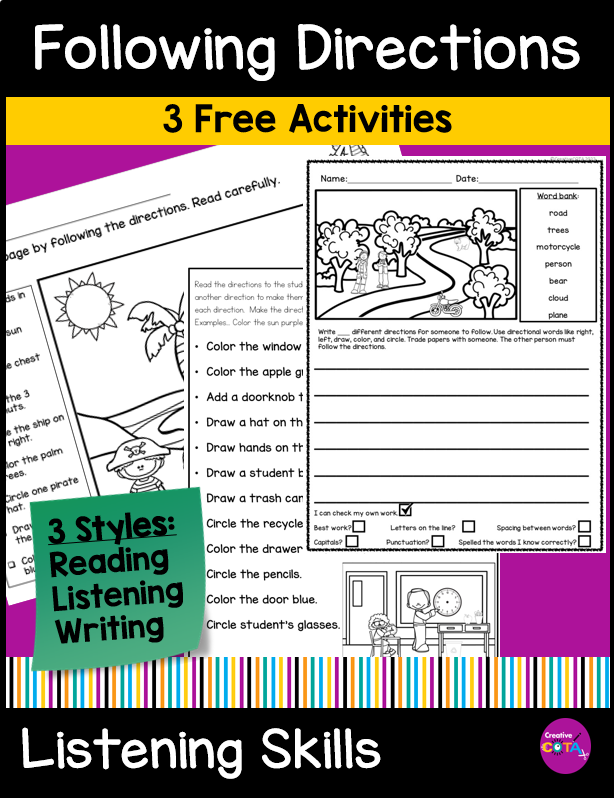
Teaching young children to recognize and form letters is a crucial part of their early education. However, starting this process without using a pencil can set the foundation for proper handwriting skills. Here’s why focusing on foundational motor skills is important:
Key Benefits of Pre-Writing Activities
- Master Basic Strokes: Students need to learn horizontal, vertical, and diagonal lines, which are essential for letter formation.
- Avoid Poor Habits: Practicing these strokes through engaging activities prevents the development of bad writing habits later on.
- Enhance Fine Motor Skills: Activities like cutting and coloring build the necessary muscle control for writing.
Multisensory Activities to Learn Letters
- Shaving Cream: Spread a layer of shaving cream on a flat surface and have children use their fingers to write letters. The texture provides a fun, sensory experience while practicing letter formation.
- Sand Trays: Fill a shallow tray with sand or salt and encourage students to use their fingers or a stick to write letters. This tactile activity helps reinforce letter shapes through touch.
- Kinesthetic Writing: Use large muscle movements by having students form letters in the air with their arms, or by using a large paintbrush on a big canvas to create letters with sweeping motions.
- Play-Doh: Roll out pieces of Play-Doh into “snakes” and shape them into letters. This activity develops fine motor skills while reinforcing the shapes of the letters.
- Finger Paint: Use finger paint to write letters on paper or an easel. This messy, colorful activity allows for creative expression while practicing letter formation.
- Colored Rice: Fill a tray with colored rice and have students use their fingers to trace letters. The texture and color make it an engaging way to practice letter shapes.
- Chalk on Sidewalk: Encourage students to use sidewalk chalk to write letters outside. The larger scale allows for whole-body movement and makes learning fun in an outdoor setting.
- Letter Stamps: Provide rubber stamps of letters and encourage children to stamp letters onto paper, allowing them to visualize letter shapes and practice fine motor skills simultaneously.
- Fabric or Sand Paper Letters: Make fabric or sand paper letters for children to trace with their fingers. They can feel the different textures while learning the shapes of each letter.
- Water Painting: Give children a small container of water and a paintbrush, and have them “paint” letters on black or blue construction paper. As the water evaporates, they can practice the letters again. or check out this water paint board my students love.

Name Recognition Bundle
This Name Recognition Bundle is an excellent tool for helping preschool and kindergarten students practice name and letter recognition while building fine motor skills. Here’s what it offers:
- Hands-On Learning: Students engage in cutting, coloring, and assembling personalized name crafts.
- Themed Crafts: Includes seasonal and holiday-themed activities perfect for bulletin boards and classroom displays.
- Skills Development: Helps with:
- Name and letter recognition
- Spelling
- Fine motor skills through cutting and gluing
- Versatile Use: Ideal for morning work, centers, or small group activities. Crafts to use throughout the year on your bulletin boards.









Perfect for Various Occasions
- Beginning of the school year for name recognition
- Occupational therapy sessions focusing on fine motor skills
- Classroom celebrations and bulletin board displays
This bundle is an adaptable resource that supports students’ learning while ensuring they build the foundational skills needed for successful handwriting.

(This post contains affiliate links. If you use a link and make a purchase, I will receive a small commission at no cost to you.)
About the Author
I am a Certified Occupational Therapy Assistant (COTA) and have been working in a public school system for more than 25 years. My resources can be found on TPT, BOOM Learning, Made by Teachers, Classful, and Your Therapy Source. I appreciate your interest wherever you wish to shop.
My mission is to help you find creative ideas to incorporate fine motor, visual perception, gross motor, and social-emotional learning into your lessons.
I hope you consider signing up for my Free Resource Library with your Email. I send out emails about once a week and share resources, tips, and planning ideas for your classroom or occupational therapy needs. Hopefully, these help your students work on building their skills in a fun and engaging way.
Thank you for your interest in my resources and ideas. I hope you will consider following my journey on TPT or wherever you wish to shop.






